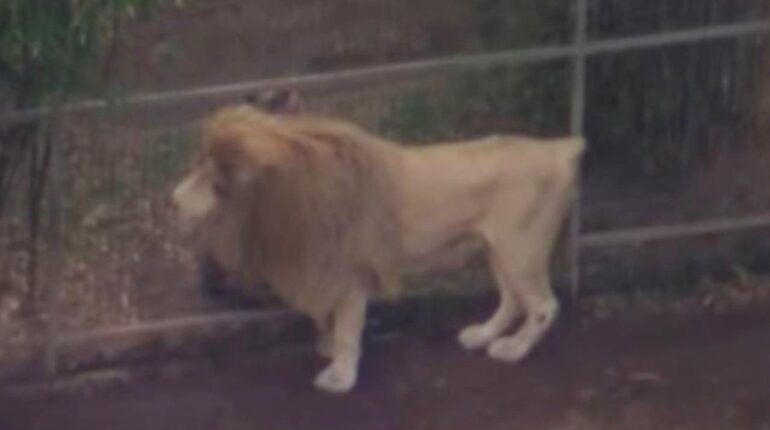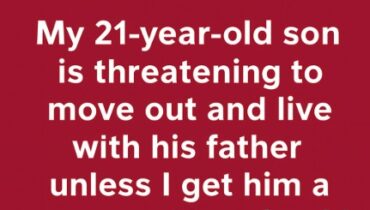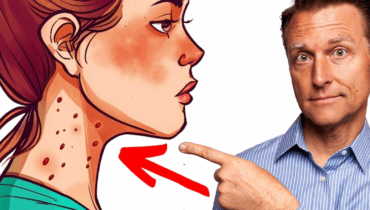📌 Expert reveals why experienced woman was attacked by lion at Australian zoo: “It could be linked to her…”

Posted 8 July 2025 by: Admin
Horror At Darling Downs Zoo: Experienced Handler Loses Arm In Lion Attack
Sunday morning shattered the tranquil atmosphere at Darling Downs Zoo near Toowoomba when emergency services rushed to a scene of carnage that defied all expectations. At 8:30am, a woman in her 50s lay bleeding inside a lion enclosure, her arm torn beyond repair by one of nature’s most formidable predators.
The victim possessed over 20 years of experience with lions – a credential that should have guaranteed her safety. Yet expertise proved no match for primal instinct when the big cat seized her arm and inflicted « severe damage » requiring what sources confirm was effective amputation.
This wasn’t a rookie mistake by an inexperienced handler. The woman, described by the zoo as a « much-loved member of our family, » had performed similar observations countless times over two decades. She knew these animals intimately, understood their behaviors, and followed established safety protocols.
The attack occurred while she watched keepers working inside the carnivore enclosure – a routine she had executed « many, many times » without incident. The zoo emphasized she was « well-versed in safety protocols around potentially dangerous animals, » making the sudden violence all the more inexplicable.
« Inexplicably, at this stage, one animal grabbed her by one arm, » the zoo stated, the clinical language barely masking the horror of what transpired. The lioness inflicted damage so severe that immediate amputation became necessary to save the victim’s life.
Emergency responders arrived to find a woman whose decades of experience had been rendered meaningless in seconds. The big cat had retreated, leaving its human victim fighting for survival while paramedics worked frantically to stem catastrophic blood loss.
The stark reality emerged: experience alone cannot tame the wild instincts embedded in 180 kilograms of apex predator. Something had triggered this lioness to abandon years of conditioning and revert to her most basic nature.
Expert Analysis: The Terrifying Triggers Behind Big Cat Attacks
That « something » which transformed a docile lioness into a killing machine may have been as simple as a subtle shift in human posture, according to leading big cat expert Dr Alexander Braczkowski.
The Conservation Biologist and Scientist, who splits his time between Queensland and monitoring lions in Uganda, believes the attack could stem from « one million different things » when examined through a behavioral lens. His theory centers on a chilling reality: even the smallest human movement can awaken deadly instincts.
« It could be a lowering of the human body level, generally big cats respond in some sort of fear to humans, » Dr Braczkowski explained. The victim’s two decades of experience suddenly became irrelevant if she unknowingly triggered an ancient predatory response.
Lions perceive humans in an upright stance as a « bipedal ape with forward facing eyes » – a recognition that typically keeps them at bay. But the moment that silhouette changes, danger escalates exponentially.
« If you get low, and if you change your body shape, that can obviously trigger certain inquisitiveness from the animal, » the expert revealed. Inquisitiveness – a deceptively gentle word for behavior that cost a woman her arm.
The victim was simply observing keepers working inside the predator precinct, a routine she had performed countless times. Yet Dr Braczkowski emphasized that no amount of experience eliminates the fundamental risk of sharing space with an « adult lioness, even if it is human hand raised. »
His analysis cuts to the bone: captivity doesn’t erase millions of years of evolutionary programming. The lioness remained capable of inflicting devastating damage – « 180kg lioness » possessing enough power to shatter bones and tear flesh within seconds.
The expert’s assessment raises disturbing questions about how a non-employee gained access to such a dangerous environment, regardless of her extensive background with big cats.
Safety Protocol Failures: How Did Non-Staff Enter Lion Enclosure?
That disturbing question exposes a fundamental breach in international safety standards that should have prevented this tragedy entirely.
Dr Braczkowski’s incredulity cuts through any justification based on experience alone. « The second question is how did a non-member of staff even get into close proximity with an adult lioness? » His tone suggests this represents a catastrophic failure of basic protocols.
The gold standard for managing big cats worldwide operates on a principle known as « protective care » – a system designed to safeguard both keepers and animals through strict separation protocols. This internationally recognized framework mandates that animals be moved to secondary enclosures during any maintenance or cleaning operations.
« That protective care is really about trying to minimise dangerous contact between the animals and the caretaker, » Dr Braczkowski explained. The system exists precisely to prevent scenarios where humans share active space with predators, regardless of their credentials.
Yet somehow, a non-employee found herself observing keepers working directly inside the carnivore enclosure – a situation that violates every principle of modern zoo management. The expert’s assessment dismantles the experience-based defense entirely.
« I’m not trying to be patronising, but I find it quite difficult to use the argument ‘oh, this person has experience’, » he stated bluntly. Two decades of lion handling become meaningless when basic safety protocols collapse.
The protective care standard exists because even seasoned professionals recognize the inherent unpredictability of working with apex predators. No amount of familiarity with individual animals can guarantee safety when sharing their territory.
Dr Braczkowski emphasized that being in close proximity with lions remains dangerous regardless of captive settings. The 180kg lioness proved this reality with devastating efficiency, transforming routine observation into emergency surgery.
The incident exposes systemic questions about access control and visitor management that extend far beyond individual experience levels. International protocols exist to prevent exactly this type of catastrophic breach – yet they failed when needed most.
This safety failure transforms a tragic accident into an institutional responsibility that demands immediate investigation and reform.
Medical Marvel And Recovery: From Death’s Door To Stable Condition
While institutional failures demand accountability, the immediate focus shifts to an extraordinary medical achievement that defied the odds against devastating injuries.
The woman now rests in stable condition at Brisbane’s Princess Alexandra Hospital, where surgical teams continue their meticulous work to preserve what remains possible. Further operations lie ahead, each representing another battle in a war against injuries that typically prove fatal.
Dr Braczkowski’s assessment of the medical response reveals the magnitude of what was accomplished. « I think the Australian medical authorities should be immensely proud of themselves, » he declared, his voice carrying genuine admiration for the life-saving intervention.
The expert’s praise stems from intimate knowledge of what lions can inflict. « Just the sheer damage that lions can do in terms of blood loss, in terms of actually hurting a person – I mean this is pretty much smack bang testament to that. »
A 180kg lioness possesses crushing jaw strength capable of shattering bone instantly. When coupled with razor-sharp claws designed for killing, the human body becomes tragically vulnerable. Dr Braczkowski’s reference to a « 250kg male lion, 180kg lioness » underscores the overwhelming physical disparity that medical teams overcame.
The victim’s survival represents a triumph of emergency medicine, trauma surgery, and rapid response protocols. From the initial 8:30am emergency call to the stabilization achieved at one of Australia’s premier medical facilities, every link in the chain performed flawlessly.
The zoo’s description of her as a « much-loved member of our family » adds human dimension to clinical statistics. Twenty years of dedication to lion care nearly ended in tragedy, yet the bonds forged through decades of service remain unbroken.
Significantly, the lioness will not face euthanasia – a decision reflecting understanding that natural predatory instincts, not malicious intent, drove the attack. The animal acted according to evolutionary programming, not deliberate aggression.
The woman’s stable condition represents more than medical success. It embodies resilience, expertise, and the remarkable capacity of modern trauma medicine to snatch life from the jaws of death itself.




















